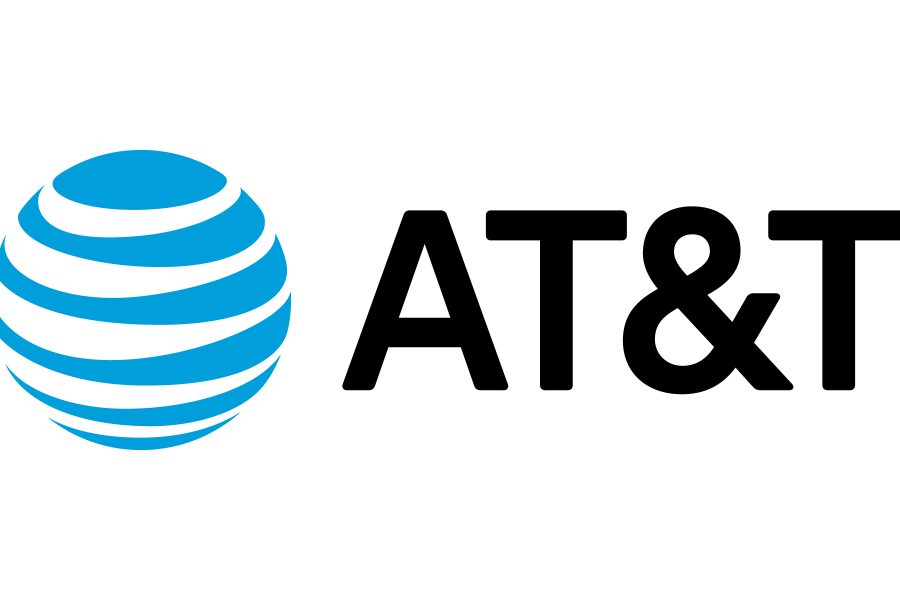AT&T says fully compliant MCPTT offering will be available next year
AT&T announced plans to make emergency calling and other features of the LTE mission-critical-push-to-talk (MCPTT) standard available next month and deliver a fully MCPTT-compliant offering during the second half of next year for subscribers to FirstNet and AT&T Business services, according to AT&T officials.
New features being unveiled next month will be included in AT&T’s Enhanced Push to Talk (EPTT) service, which will continue to utilize the Kodiak push-to-talk-over-cellular (PoC) platform that is owned by Motorola Solutions, according to Igor Glubochansky, AT&T’s assistant vice president-general manager for mobility product management.
The emergency-calling feature will let a subscriber use a separate button to make an emergency call that is given priority over regular calls, Glubochansky said in an e-mail response to questions from IWCE’s Urgent Communications. Other enhancements that will be unveiled in December include improved interoperability flexibility, situational awareness for assigned users, a more intuitive user interface that is designed to help users that participate in a large number of talk groups.
AT&T officials previously indicated that MCPTT service—based on the Release 13 LTE standard approved by 3GPP standards body in 2016—would be available on FirstNet by the end of this year. Full implementation of MCPTT is now targeted for next year.
“We’re marching toward fully 3GPP MCPTT-based applications, as these standards continue being set,” Glubochansky wrote in a blog posted on the AT&T web site last week. “By the second half of 2019, we plan to have our solutions fully compliant. We’ll also have a broad ecosystem of rugged devices, accessories, and interop and dispatch applications to fuel adoption.”
AT&T’s plan to offer a fully compliant MCPTT solution during the latter half of 2019 will not create a contractual issue with FirstNet, according to a FirstNet spokesperson.
“AT&T’s recent statement would indicate that that they are on track to meet or exceed what is in our contract for delivering MCPTT services on FirstNet,” the FirstNet spokesperson said in a statement provided to IWCE’s Urgent Communications.
In his e-mail response, Glubochansky stated that it is AT&T’s “goal” to have its MCPTT offering meet the 3GPP standard for ultra-low latency and provide proximity services (ProSe) that would support direct-mode communications when network connectivity is not available. Many industry sources have expressed concern that ProSe will not provide the range that users are accustomed to experiencing when they utilize LMR off-network communications.
AT&T officials have stated that FirstNet subscribers would be able to choose from more than one MCPTT provider. Earlier this year, AT&T conducted a procurement seeking offering from potential MCPTT vendors, but the carrier has not announced any selection from that initiative.
AT&T is working with “with longstanding partners, as well as new ones, on MCPTT services for FirstNet,” according to Glubochansky.
“In 2019, we plan to introduce additional enhancements that will include 3GPP compliant features and other key infrastructure enhancements that will get us closer to meeting performance and compliance standards on more devices,” he stated in the e-mail response. “Our plans include increasing the service’s performance and resiliency and fully utilizing the capabilities of the dedicated, physically separate FirstNet evolved packet core. It’s all about the end-to-end experience.”
With the new EPTT from AT&T, agencies and enterprises will be able to manage as many as 64 talk groups—more than previously allowed—while continuing to support as many as 250 participants in a given talk group, according to Glubochansky.
AT&T supports multiple approaches to ensure interoperability between its EPTT service and LMR network that is utilized by an agency or enterprise, according to Glubochansky.
“It works with a wide variety of LMR systems,” Glubochansky stated in his e-mail response. “We provide a cloud-based gateway to the PTT system (along with the needed networking/security solution, like a VPN), and we can also provide a premise-based gateway (such as Vocality ROIP) along with LTE wired backhaul. The customer would then need to provide a radio system with an included ISSI module; or console with CSSI support; or a radio to plug into the ROIP box.
“We have in-field AT&T and FirstNet consultants that provide expert assistance at every step of the way here, plus channel partners and LMR dealers that work with FirstNet customers. We will comply with the 3GPP approach to LTE-LMR interop when it is finalized.”
EPTT will continue to support push-to-talk functionality across a Wi-Fi network, although using the service over Wi-Fi does not support quality-of-service (QoS) or priority services that are enabled when the user is connected to the AT&T or FirstNet LTE networks, according to Glubochansky.
Currently, EPTT service is $5 per month for each business subscriber, or $10 per month when included with commercial prioritization. With the new feature enhancements in December, the cost will be $20 per month and will include commercial prioritization and interoperability support, according to the AT&T web site. All prices assume the user subscribes to an AT&T voice plan.
FirstNet subscribers will pay less for the EPTT enhancements than commercial subscribers, and “many government contracts have lower pricing,” Glubochansky stated in his e-mail response.
AT&T is not releasing any estimates about its pricing for the planned MCPTT offering next year, “but we anticipate that AT&T pricing will still be based on the monthly subscription model, providing more capability and lower cost of ownership than a typical LMR deployment,” Glubochansky stated in his e-mail response.


















How about working on the reliability of the infrastructure before you roll out nifty toys and tools that NO first responder should be allowed to carry. This will cost lives if rolled out prematurely. I am ashamed this Firstnet and AT&T push has not been controlled by those who could do so. The technical people caring for current public safety systems know that there is no fancy tool or boasting that will matter when the system itself is not designed to last 10 minutes into any disaster.